Submitted by WA Contents
KiKi ARCHi completes Anna Garden Residences with red brick in Beijing
China Architecture News - Jul 18, 2022 - 11:04 2599 views
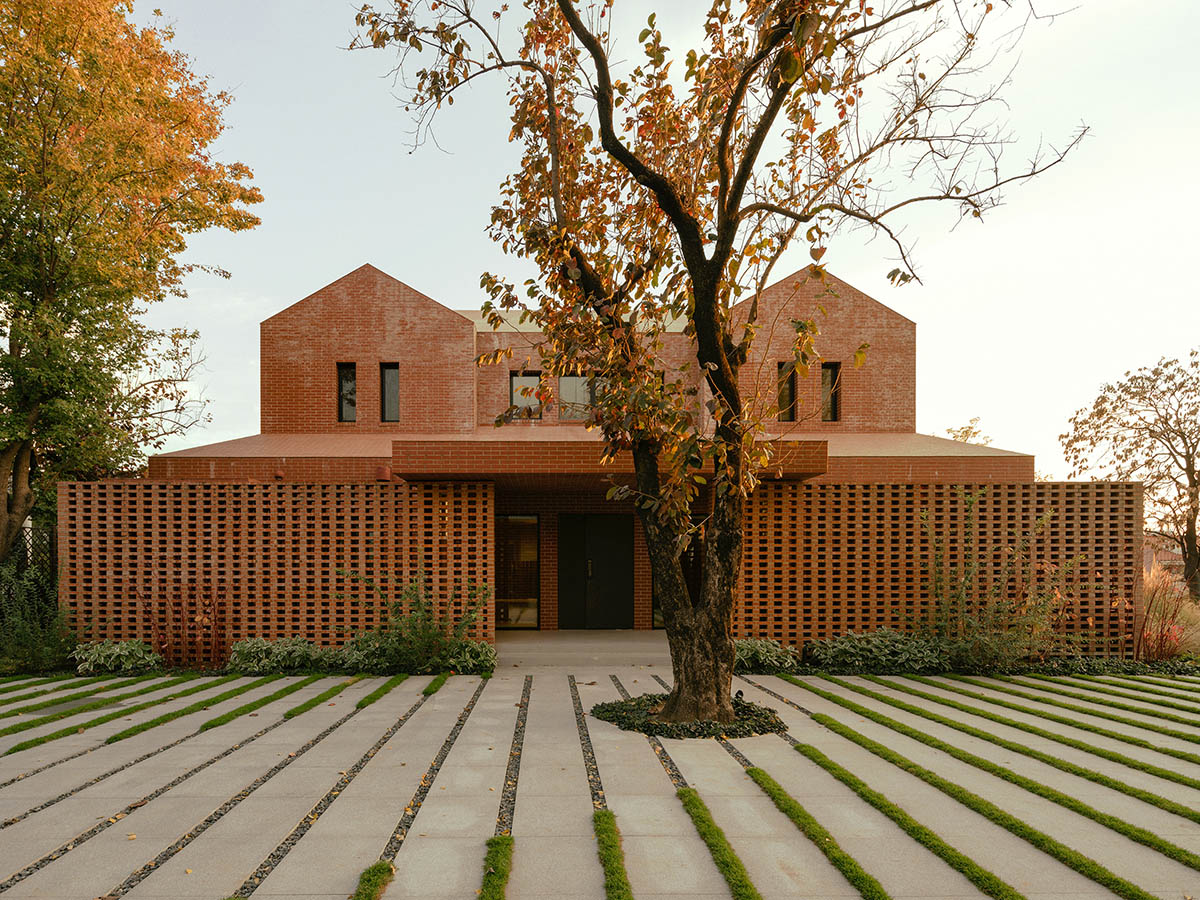
Architecture office KiKi ARCHi has completed residential buildings with red brick in Beijing, China.
Named Anna Garden, the complex is located in Changping District- which is 30km to the north of Beijing, the scenery of which is completely different from that of an international city.
KiKi ARCHi has completed a renovation project within 15 months there. Carrying the happy time of its owner’s childhood in the country, it seeks not the concrete object of memory, but the memory itself.

Image © PRphoto
The bushy mountain and mirror-like lake provide a natural barrier to noise, which attracts the owners a lot. The original 1,300-square-metre site contains a large courtyard and a 200-square-metre European-style house.
This sense of contradiction inspired the team to rethink. After site analysis and discussion, KiKi ARCHi decided to first re-establish the relationship between the house and the landform, which includes multiple dimensions such as the relationship between ‘terrain and building’, ‘architectural appearance and the surrounding environment’, ‘function and the living experience’.
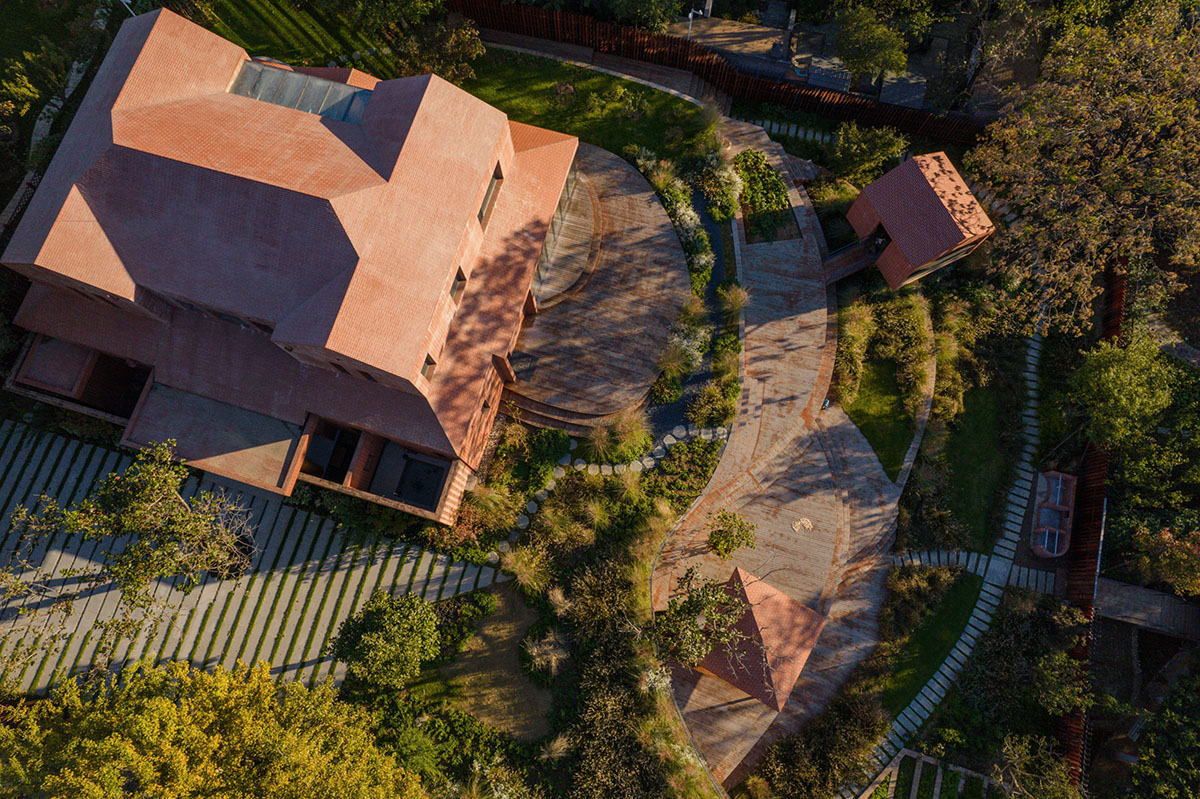
Image © PRphoto
Thus, the 8m height difference of the site was fully utilized, and the garden at the lower level was linked with the house at the higher level through the graceful landscape design, which creates a rich visual hierarchy and sets the tone of ‘freedom & nature’ for the whole project.
On the premise of retaining the original architectural structure, the European facade decoration was completely stripped, replaced by simple geometric blocks and rustic northern red bricks.
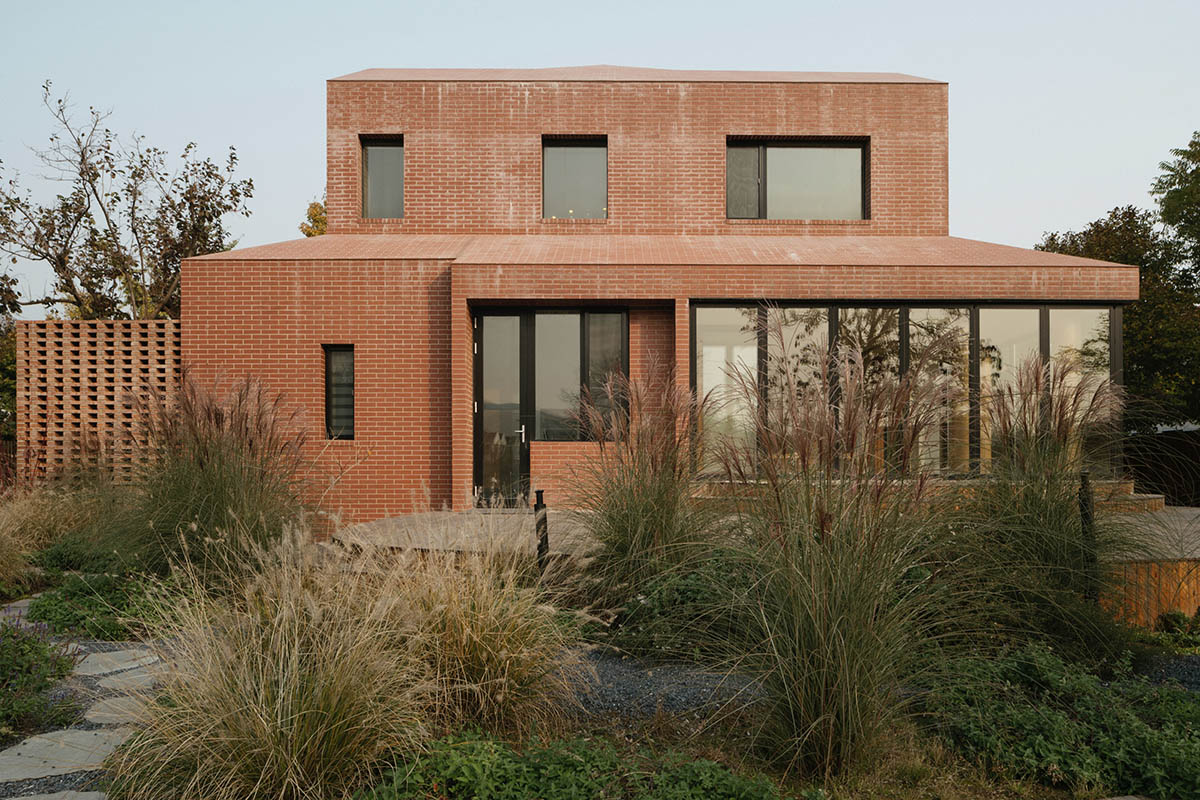
Without fussy eaves, tiles and window edges, the house returns to its original form, as if it were a sincere child, showing the appearance of simplicity and honesty.
At the east main entrance, the original front porch is hidden behind the hollow brick wall, which skillfully integrates the concept of screen wall and bricklaying technology to increase privacy and realize the semi-outdoor SPA function.
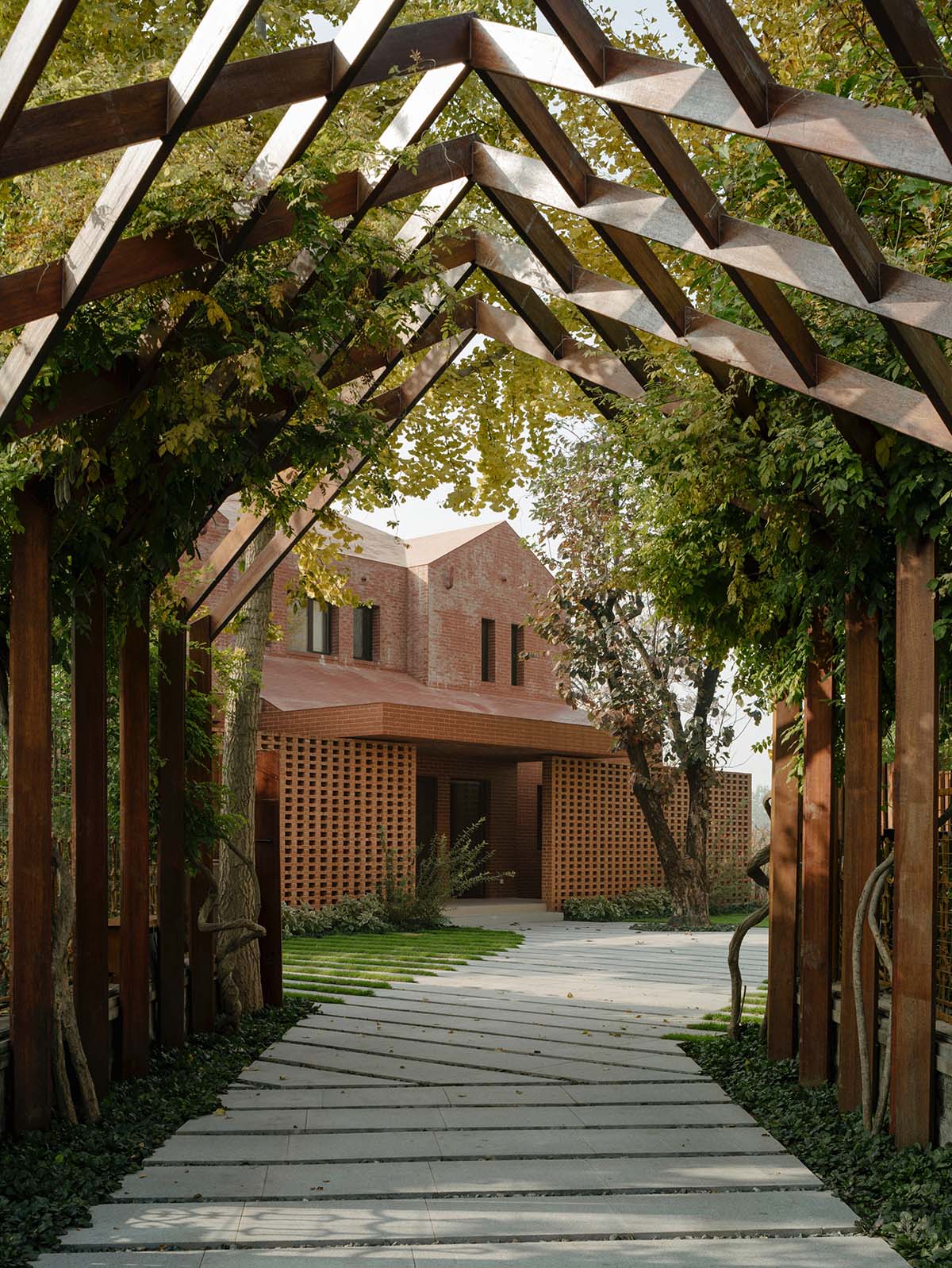
The first floor is mainly for living, while the second floor is for private rest. With the minimalist design language, the irregular interspersion of function, structure and material makes the interior space more interesting. Wood, glass, concrete and other materials represent the mountain environment.
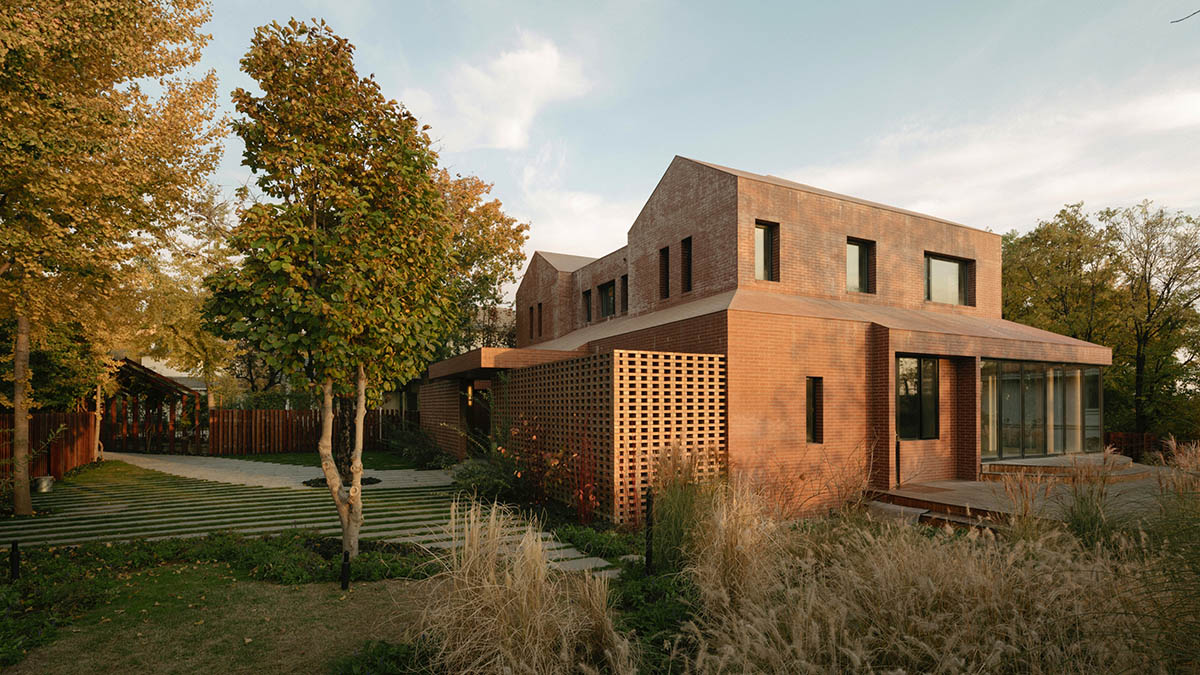
The red brick elements echo the building. In order to create a relaxed living atmosphere, KiKi ARCHi used a large area of glass folding doors to enclose the existing verandas on the ground floor, which brings in plenty of sunlight, eliminates the boundary between inside and outside, and allows users to enjoy nature.
At the same time, the landscaped elements of the curved staircase in the garden are continued in the interior space. When the glass folding doors are fully opened, the distance between the dining room, living room, teahouse and the outdoors disappears, and people could gain greater mobility and peace in the space.
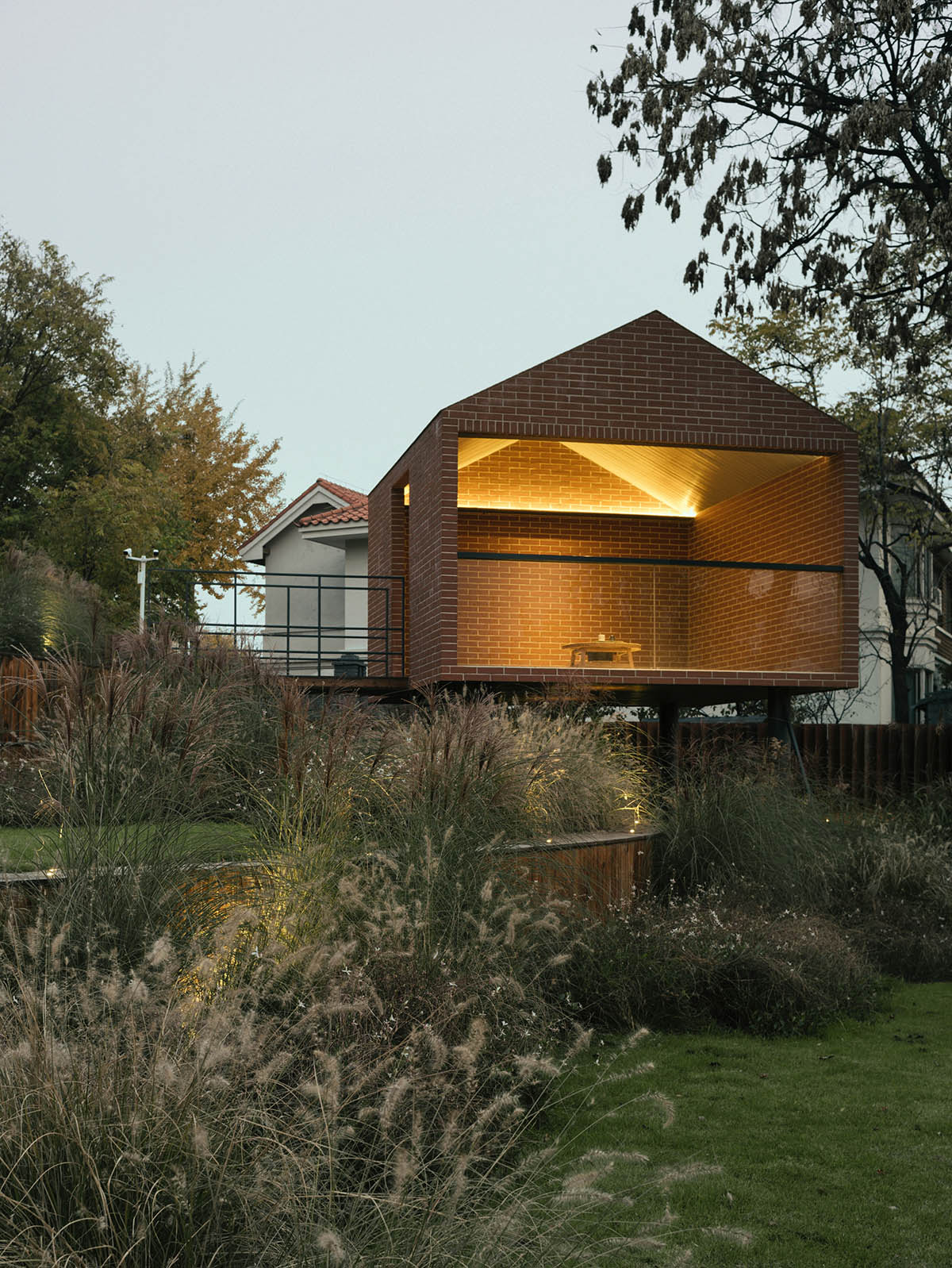
The garden is permeated with a filed atmosphere. The flower rack at the entrance adopts the herringbone frame, echoing the roof form of the building.
The vine becomes its skin, just like a ‘green shade installation’. Through the flower rack, an old persimmon tree stands in front of the door, which seemingly shows an interesting life after going through a kind of order.
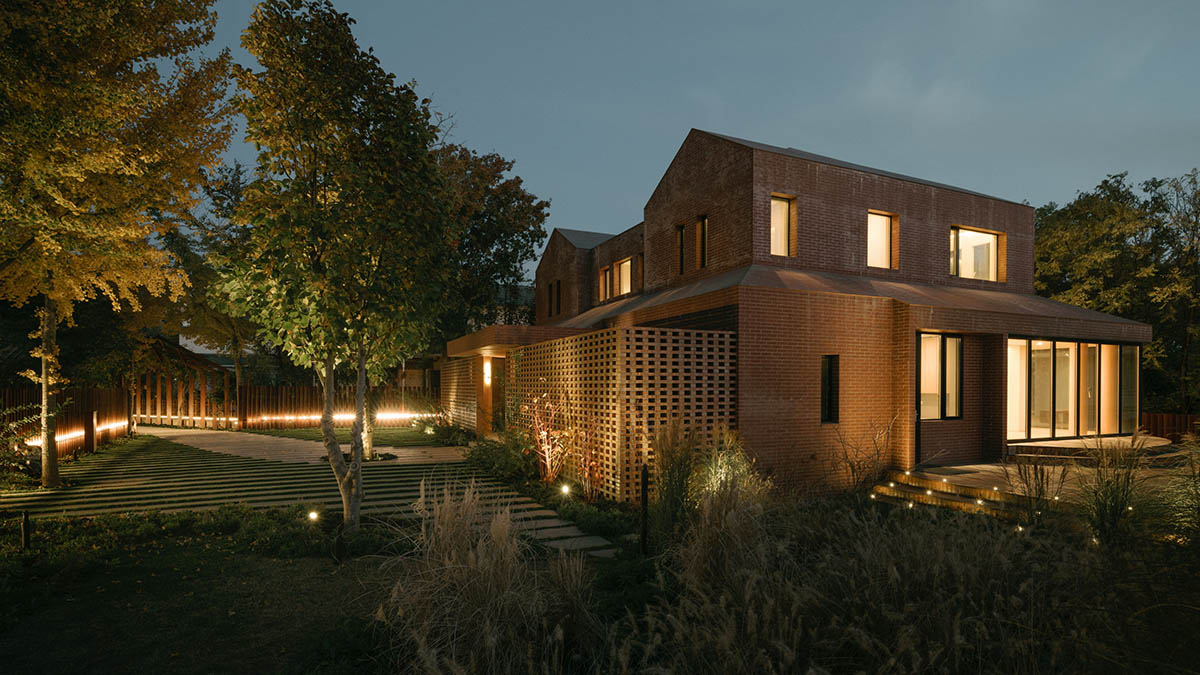
On the north side of the house, there are a series of curved terraces downward giving several playgrounds. The small viewing room and brick pavilion at the lower level, like two ‘floating islands’, are good places for chatting. In addition, the stone path on the outside connects the front and back yards, which presents an oriental romance.
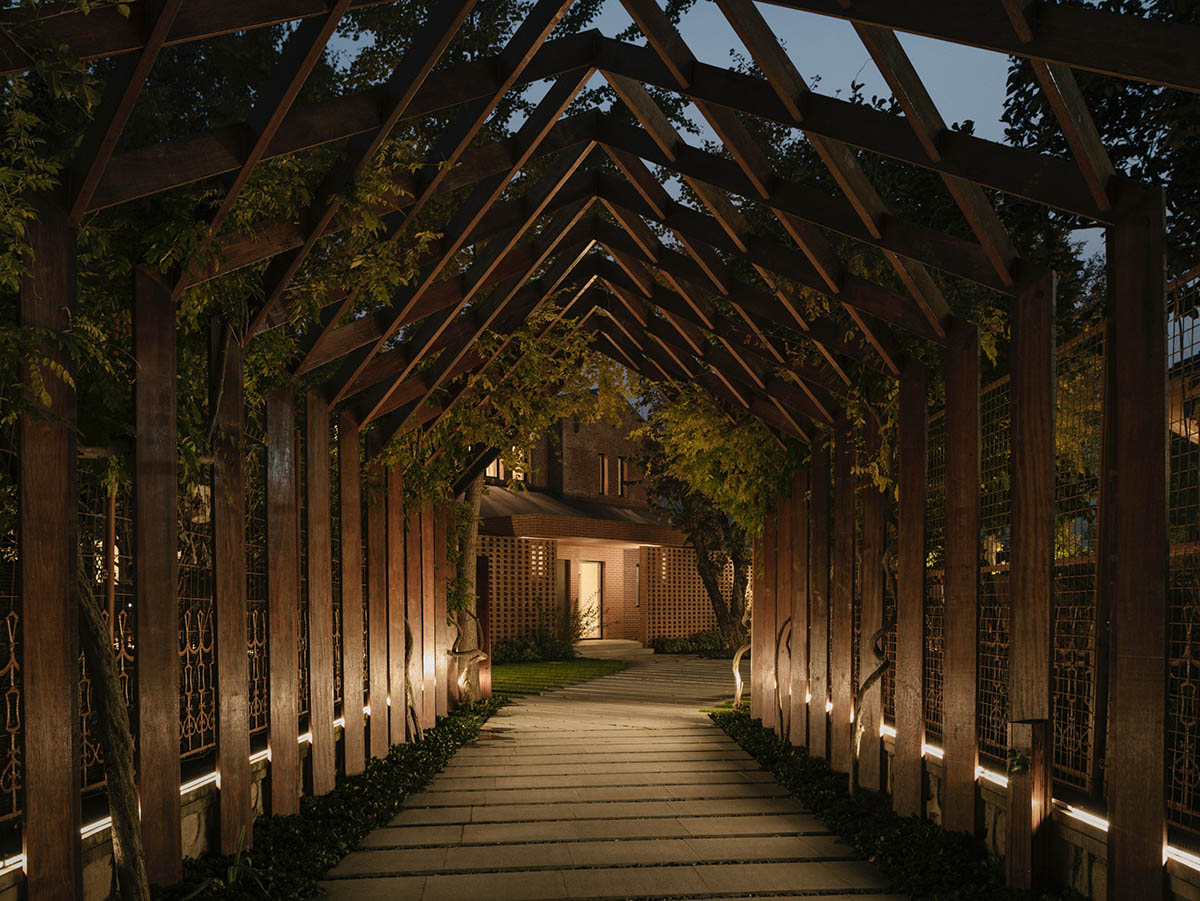
There is both openness and privacy in the landscape design. KiKi ARCHi wanted to use topography and vegetation to soften the edges of the building and add a wild, natural feeling. Therefore, an experienced plant design team, WILD - SCAPE, was invited to work together and focused on the perspective of environmental analysis, soil improvement, vegetative season, maintenance cost, and other multidimensional aspects.
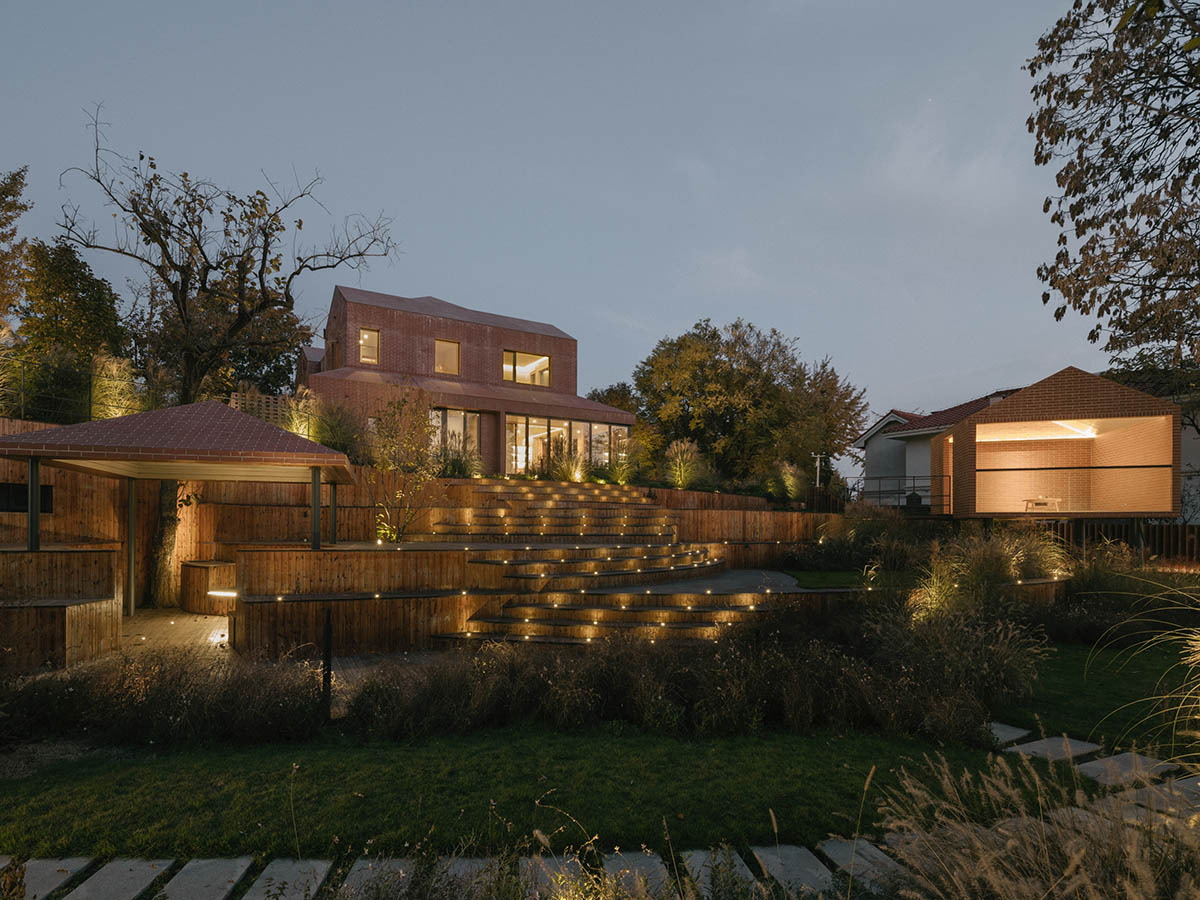
As a result, there are no distinct planting zones or boundaries in the garden. Miscanthus and Pennisetum are suitable for the northern climate, which creates a vast feeling.
Hosta and Astilbe Chinensis sway at the corner, purple Gaura and Hydrangea bring elegant ornament... Every part of the courtyard is wonderful to watch.
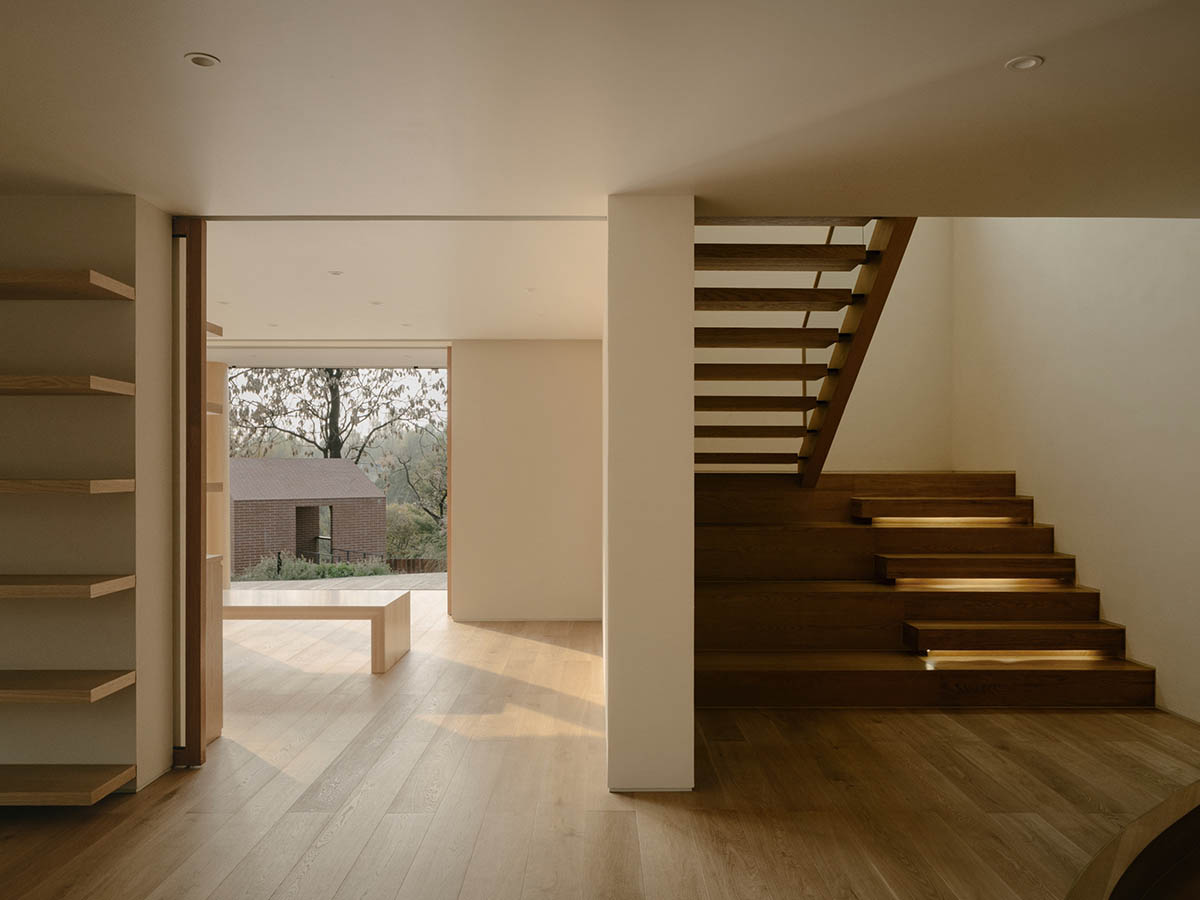
Now, an ideal house is presented completely with sweet memories and hopes, and the home becomes a multi-dimensional space growing in the countryside. Here, everyone can relax deeply over time, as if in the wilderness, free, full of breathing, honest, and true.
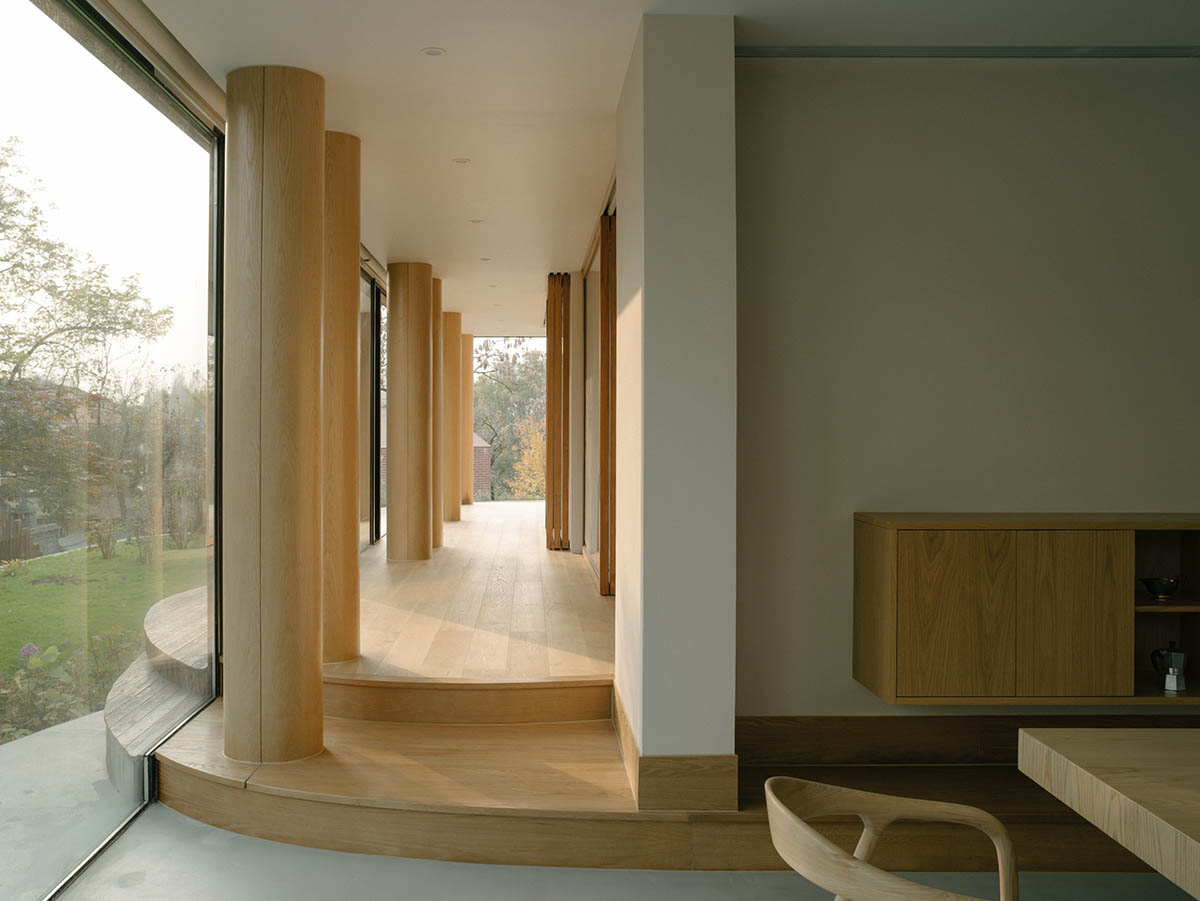
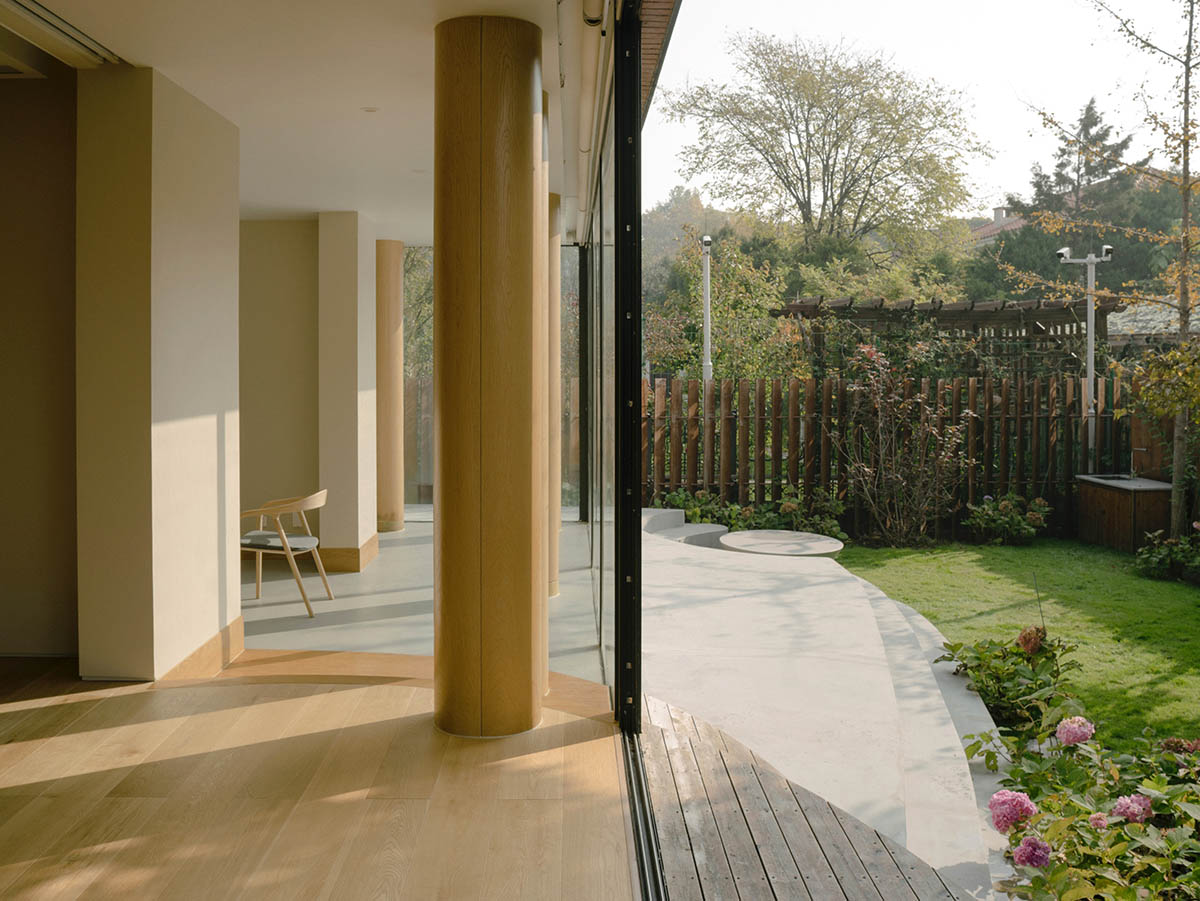
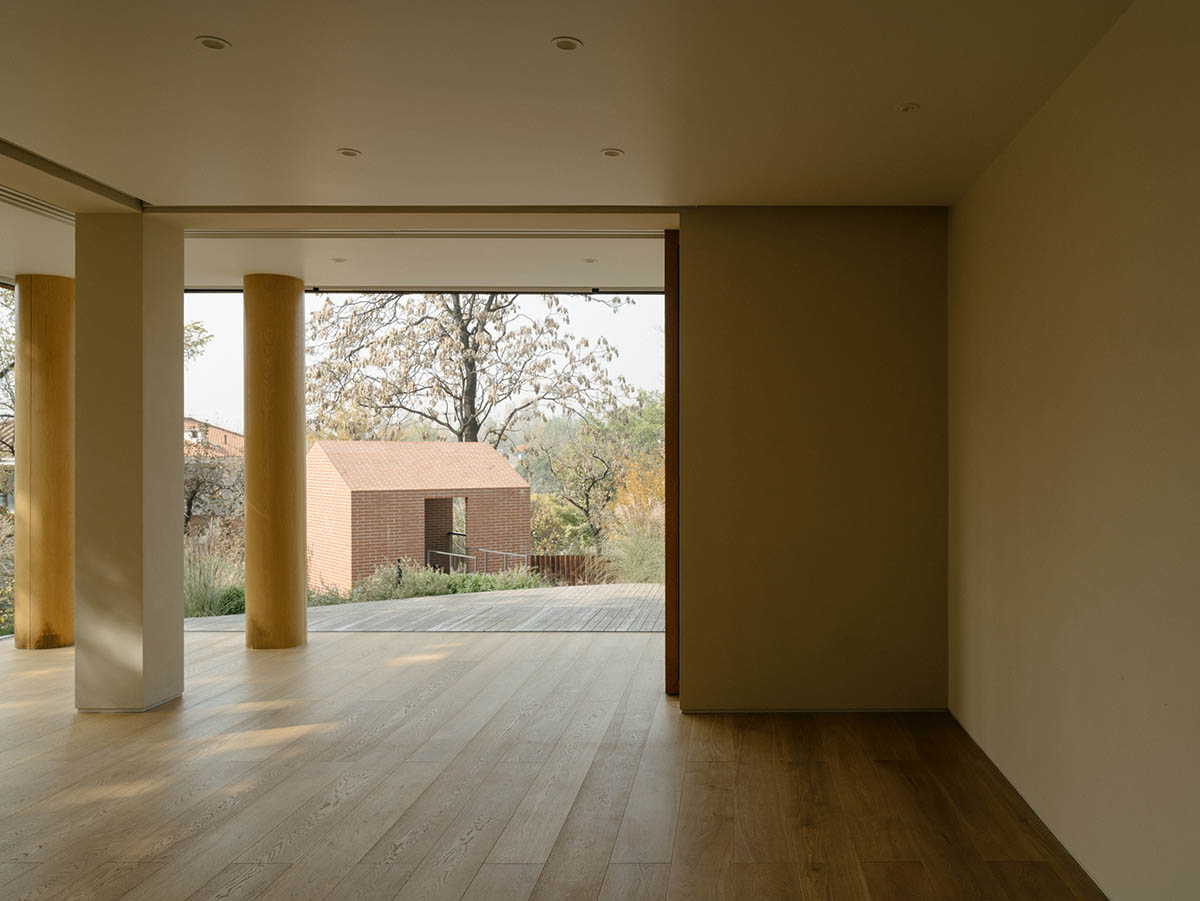
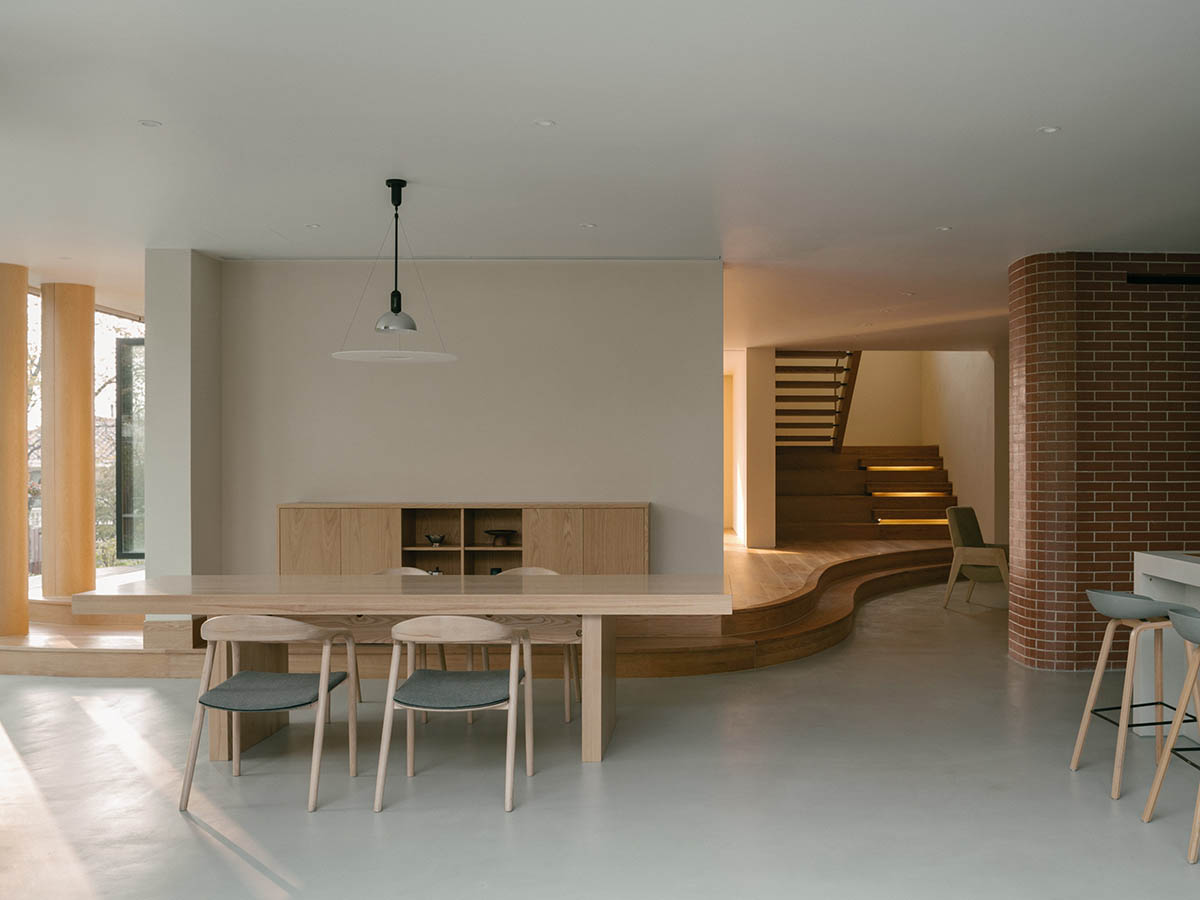
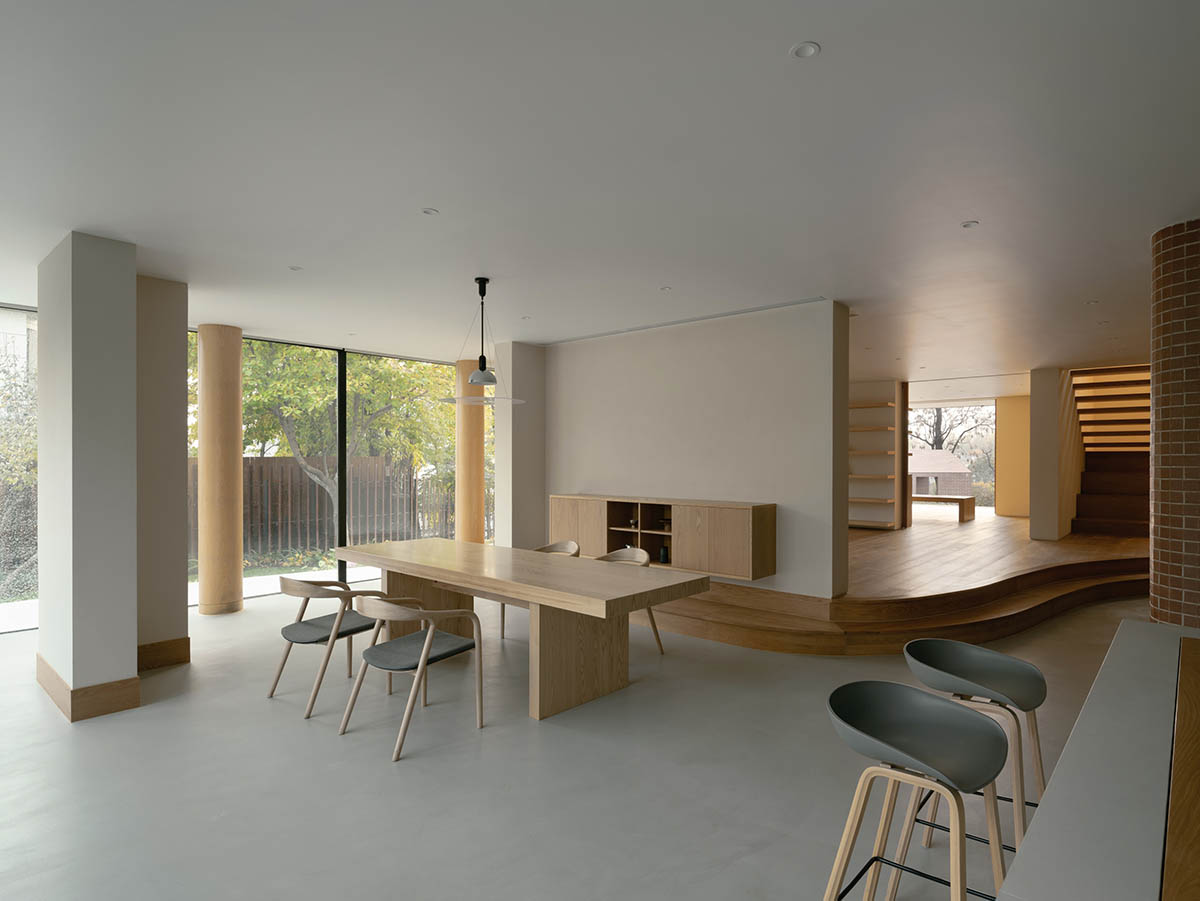
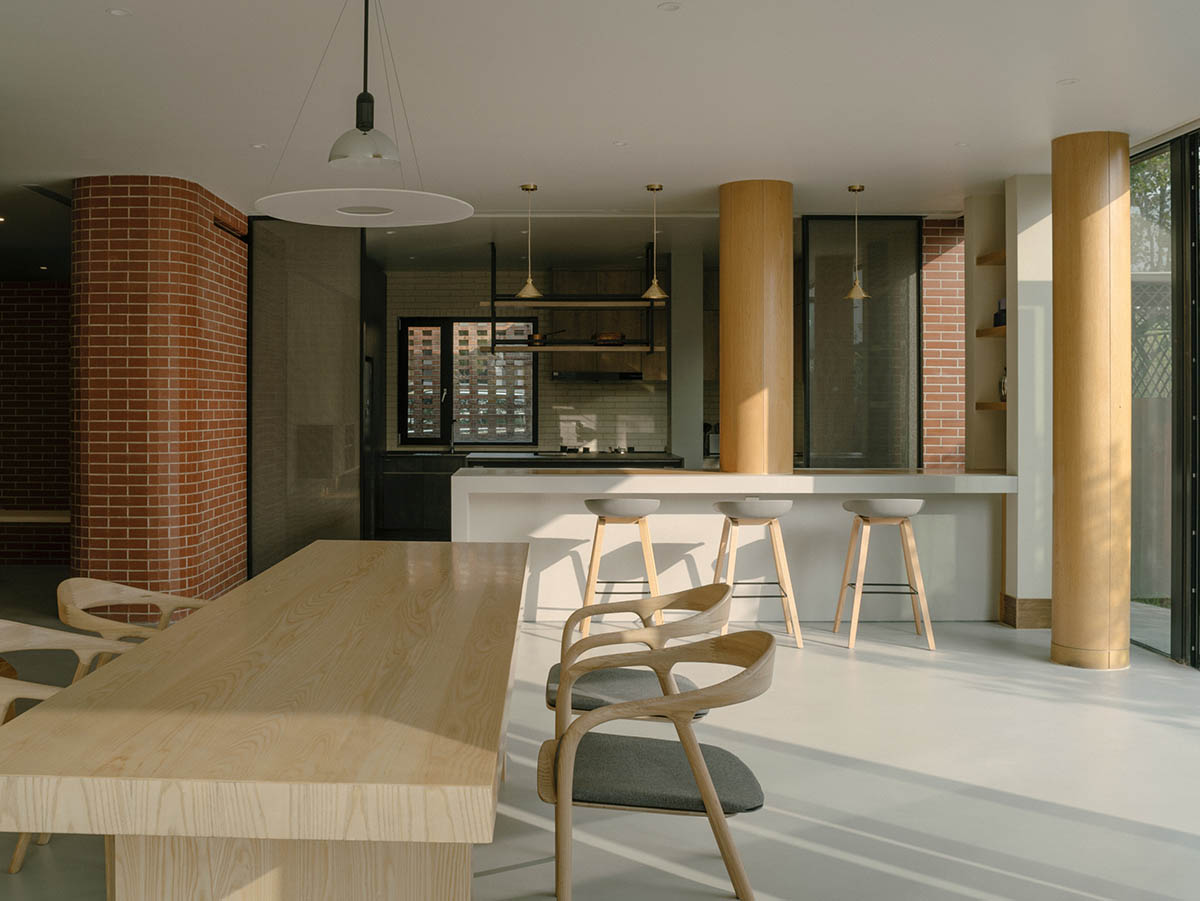
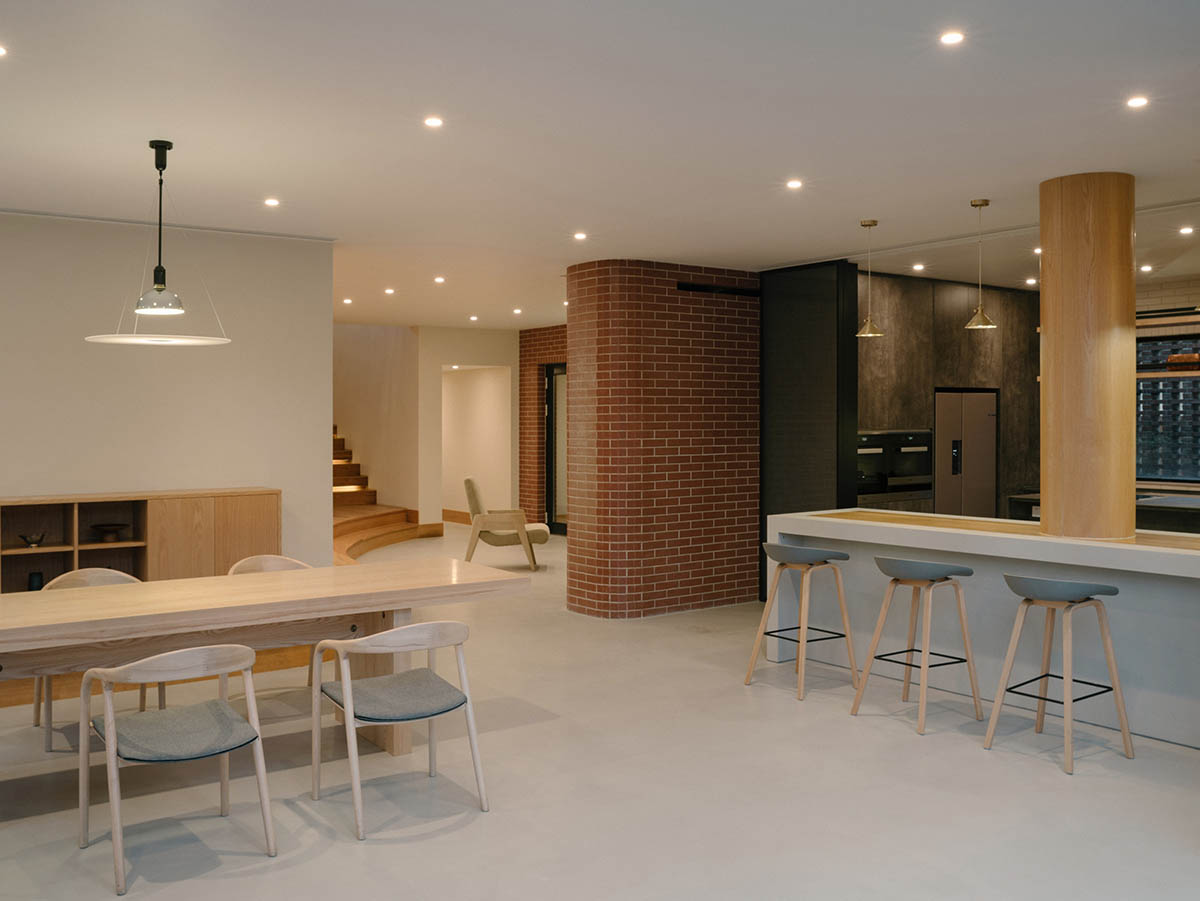
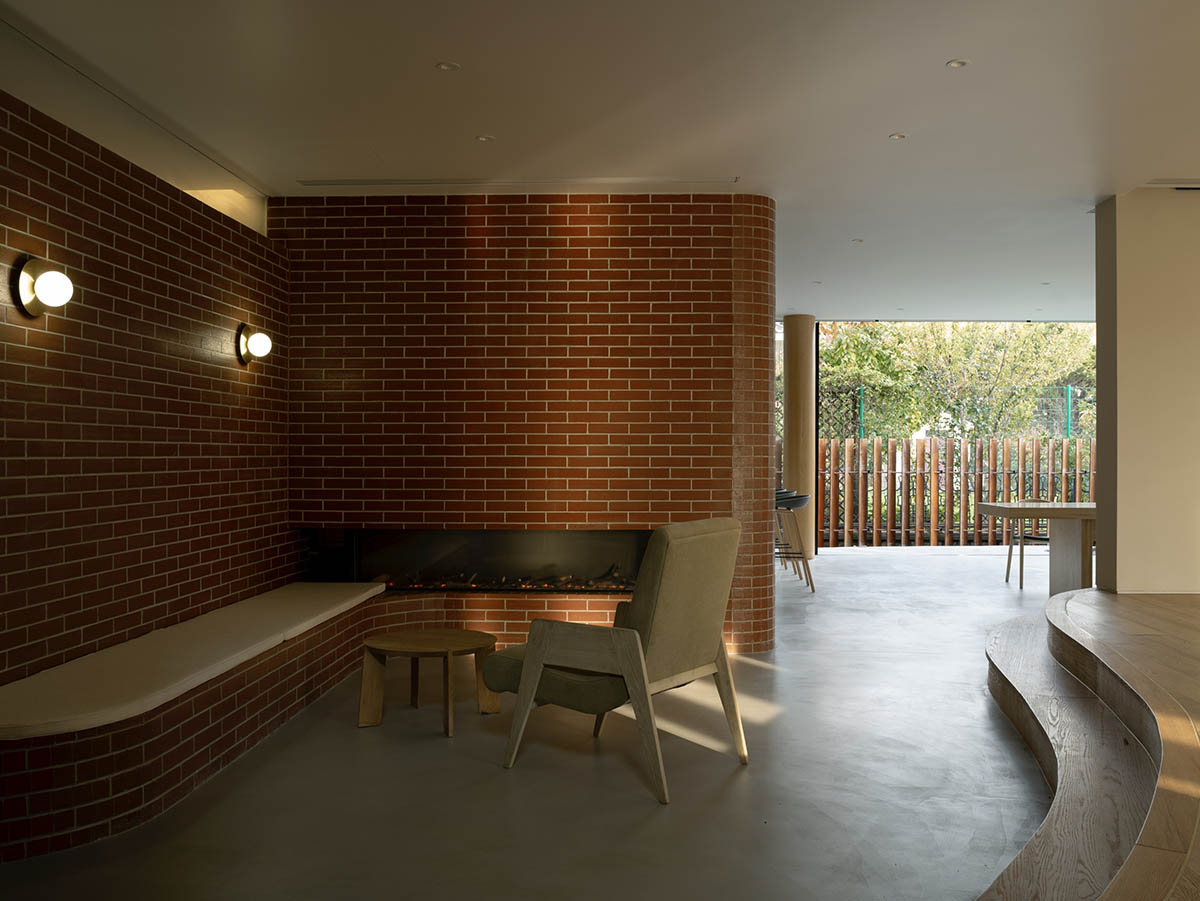
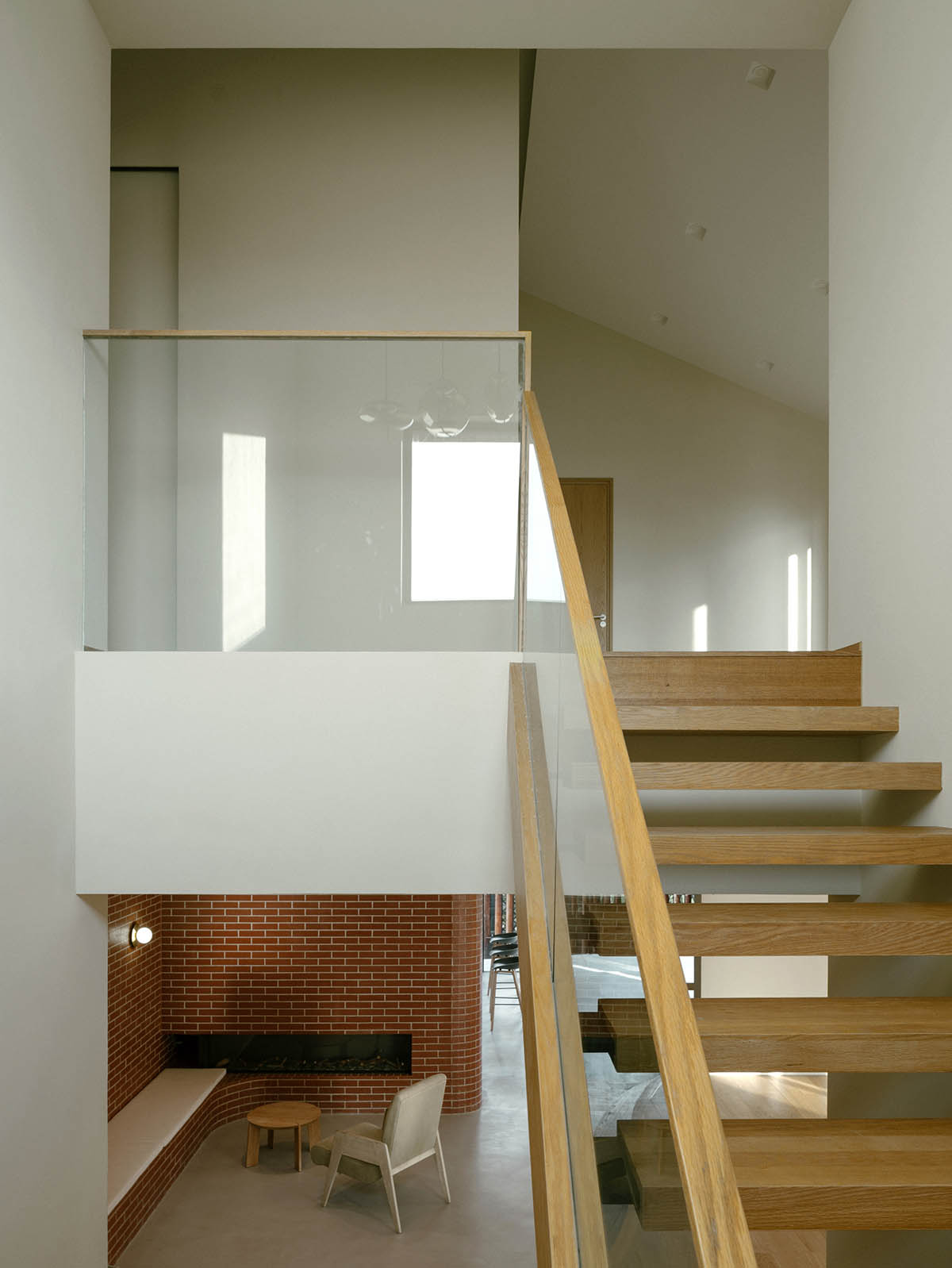
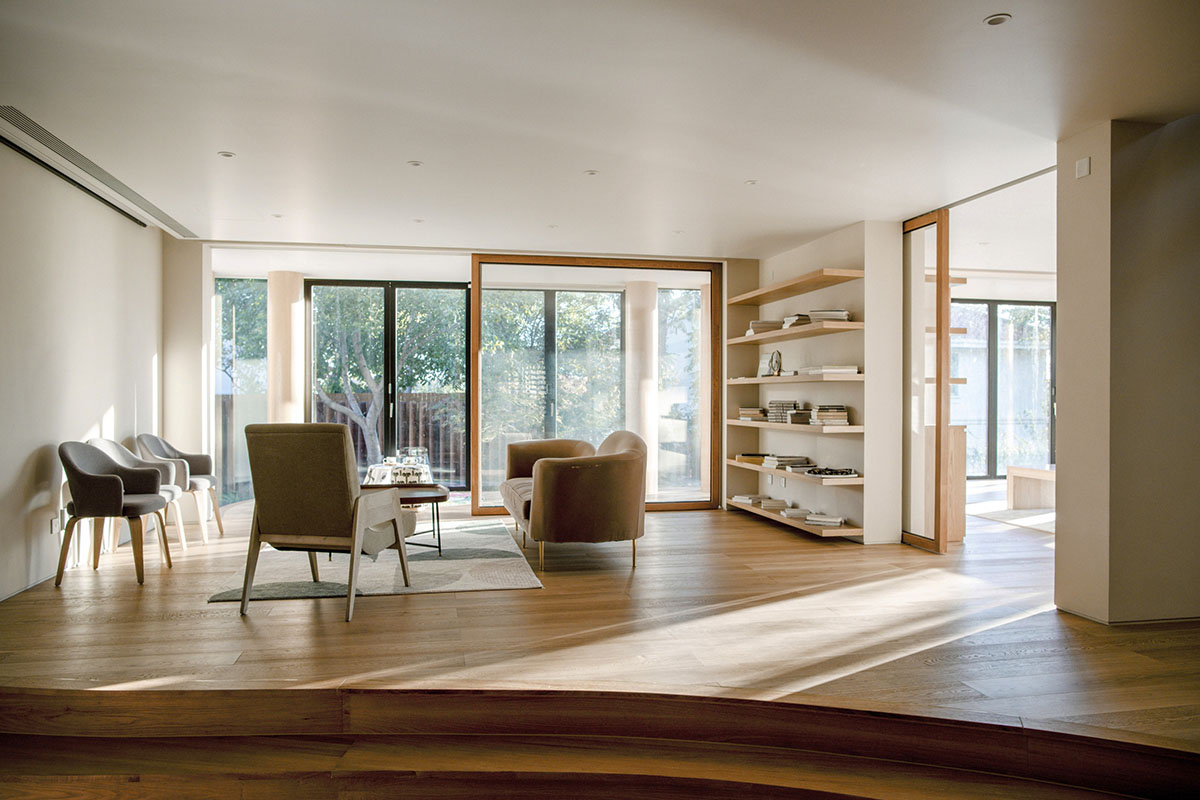
Image © PRphoto
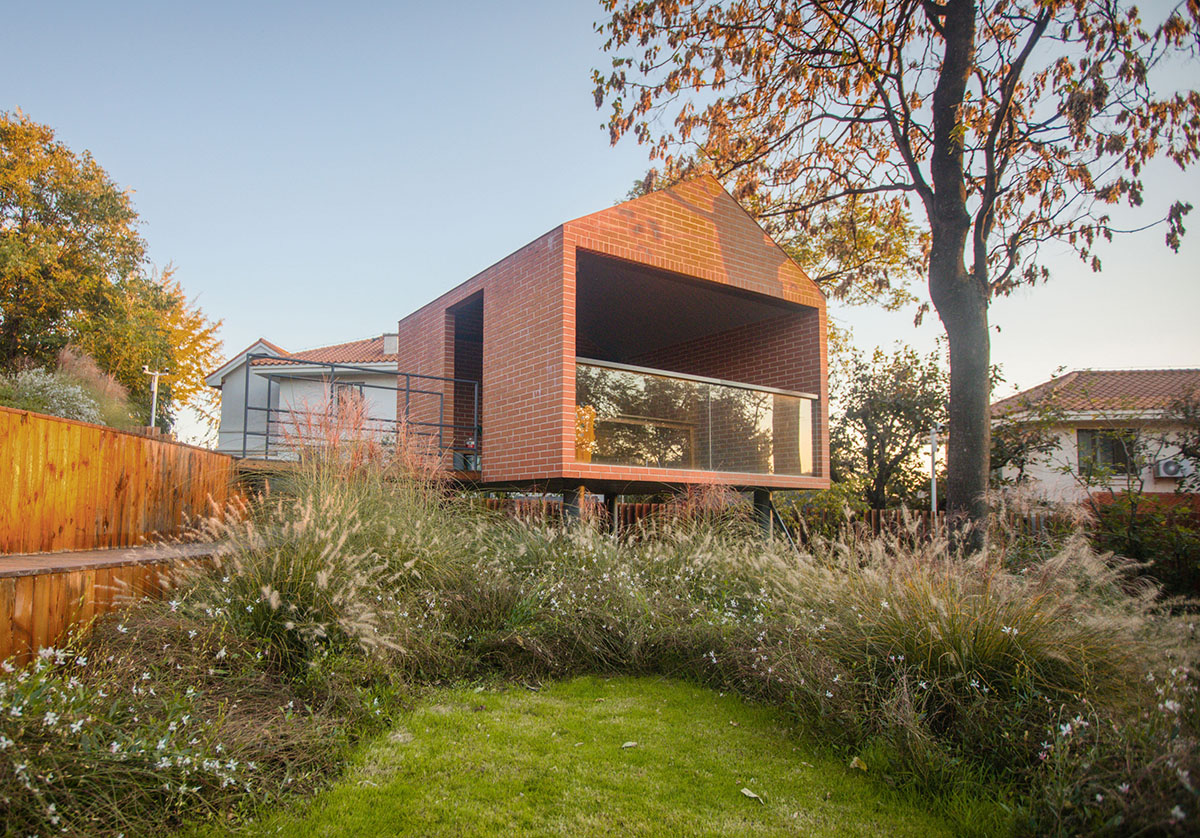
Image © PRphoto
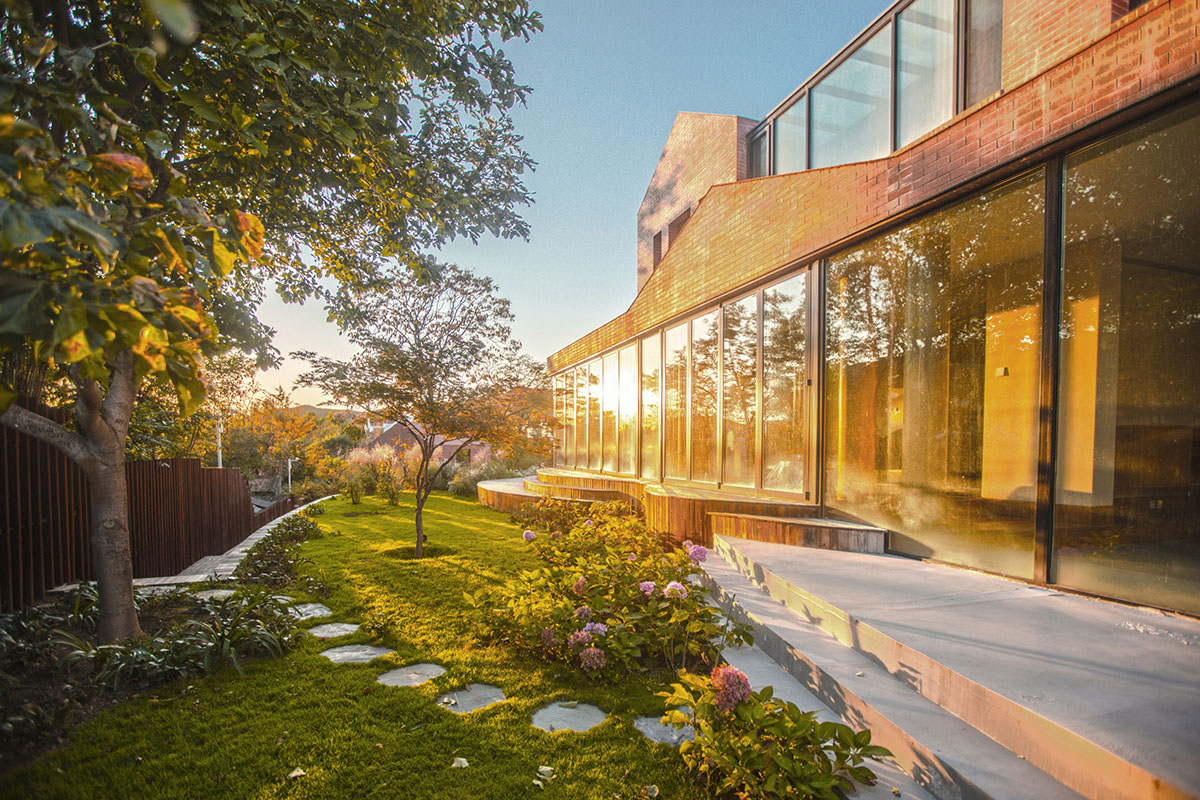
Image © PRphoto
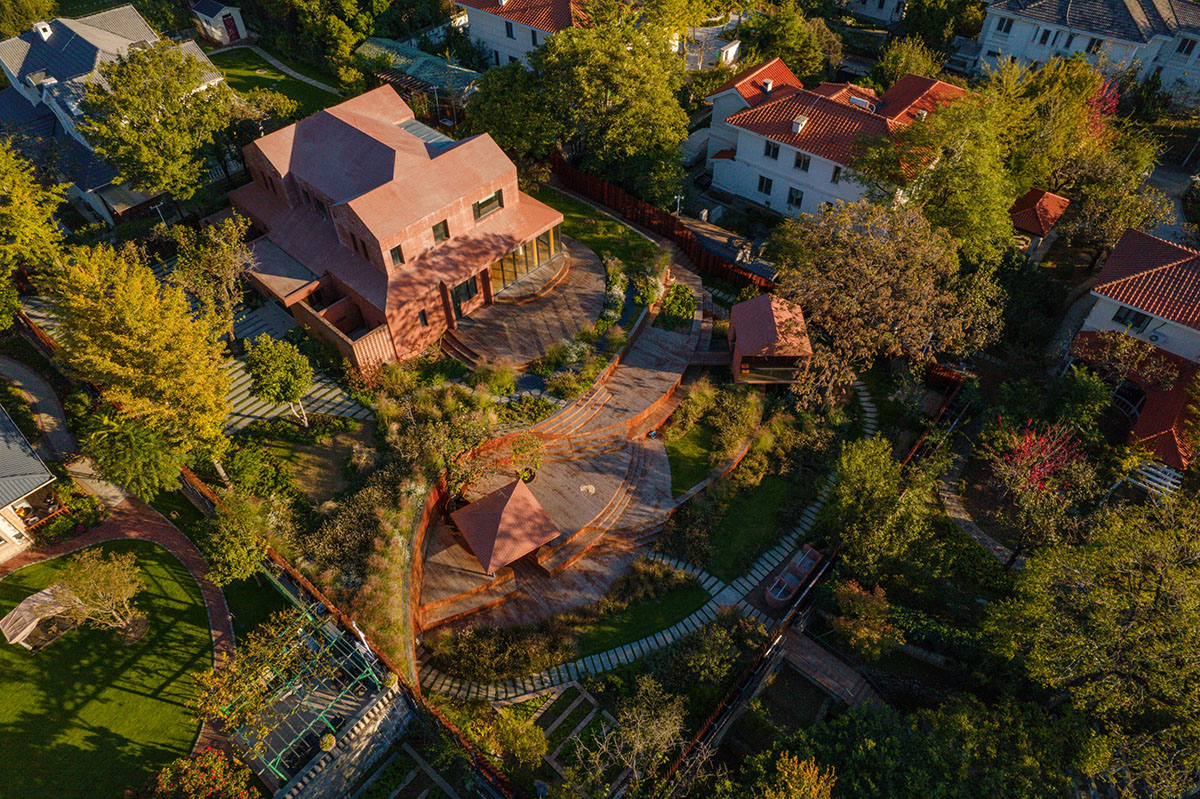
Image © PRphoto
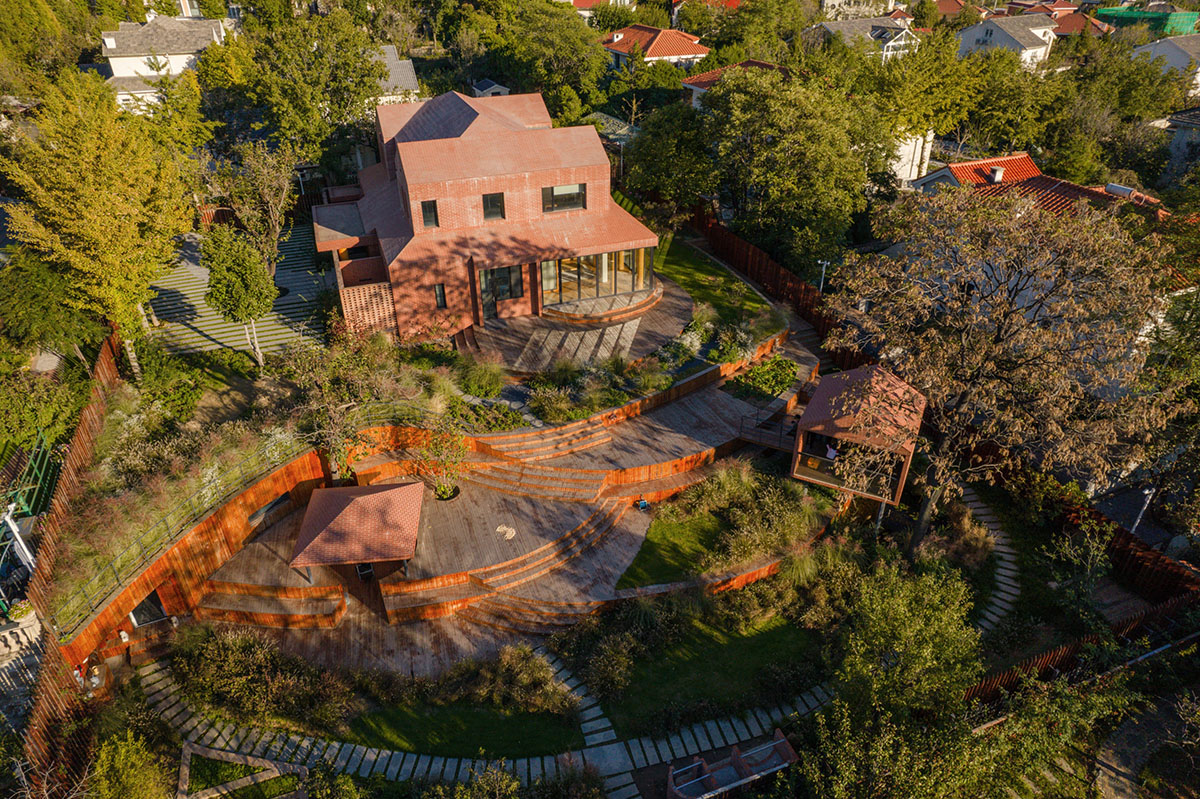
Image © PRphoto
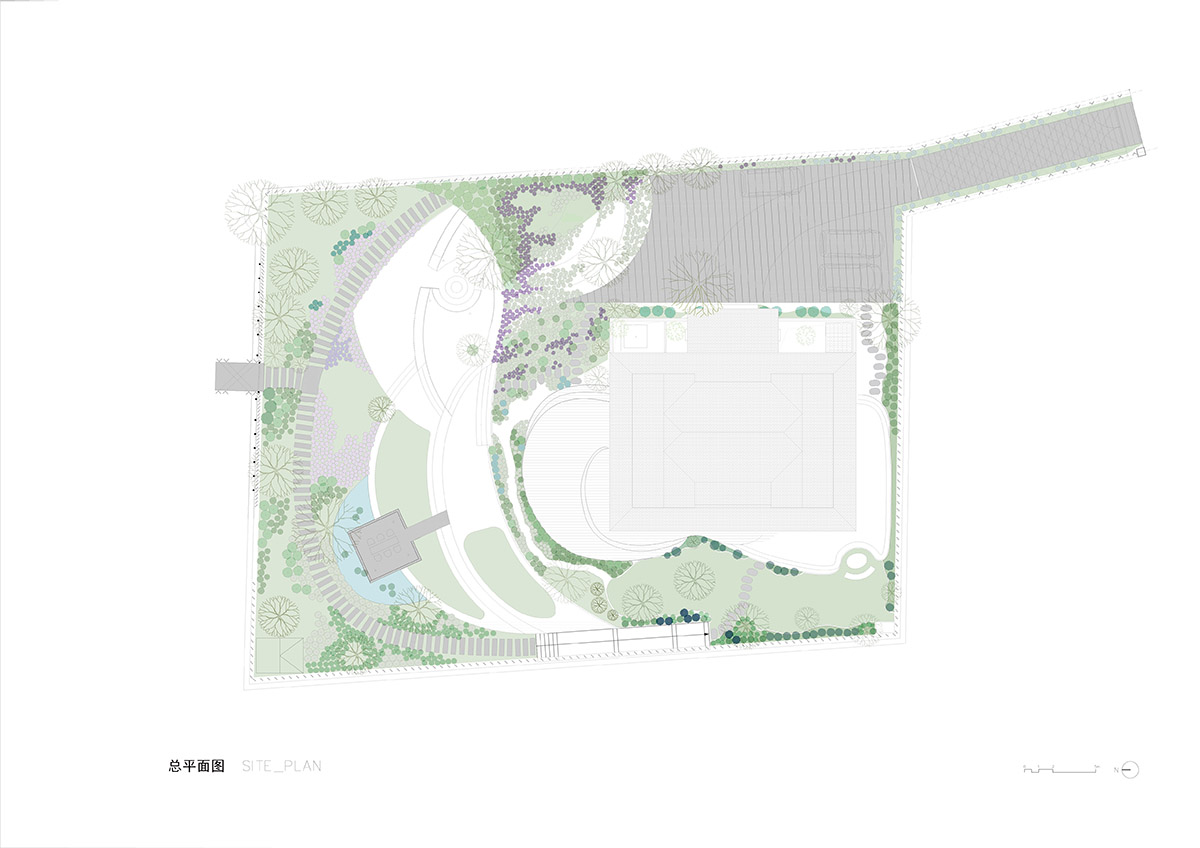
Site plan
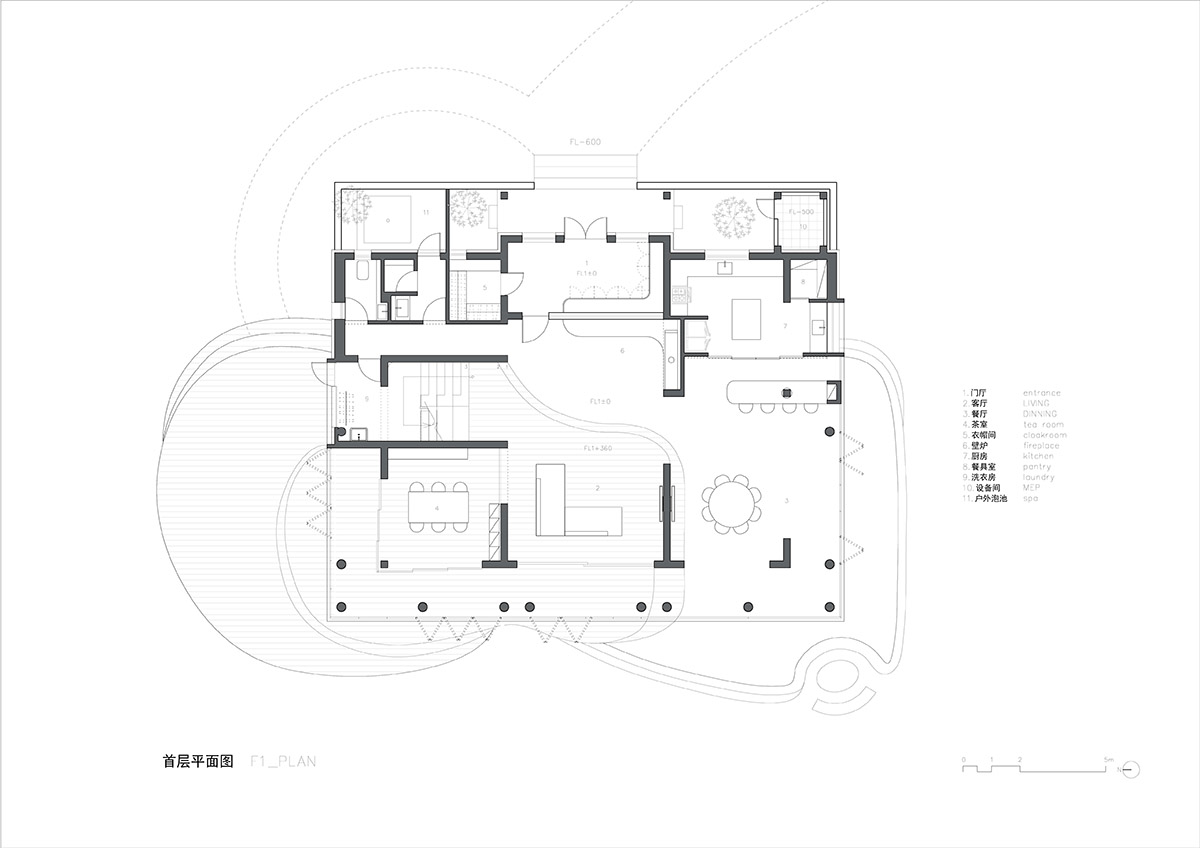
First floor plan
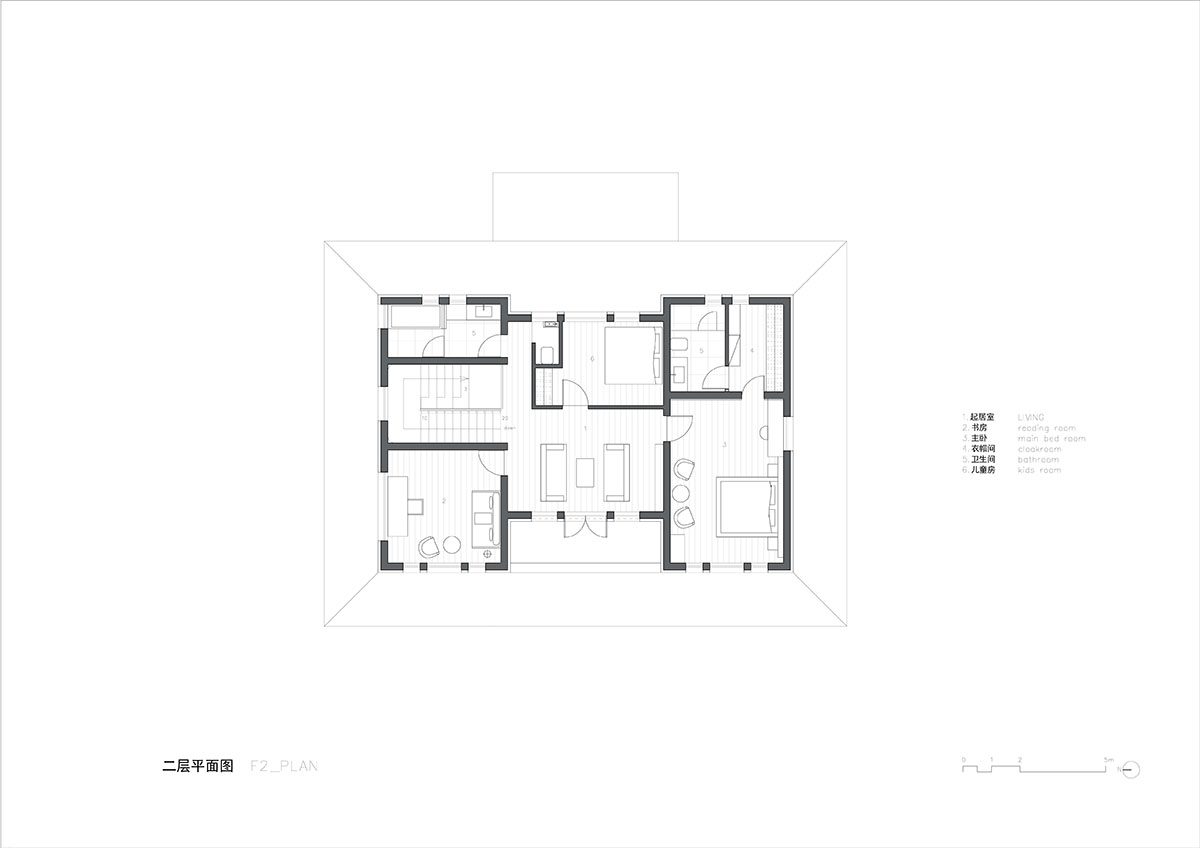
Second floor plan
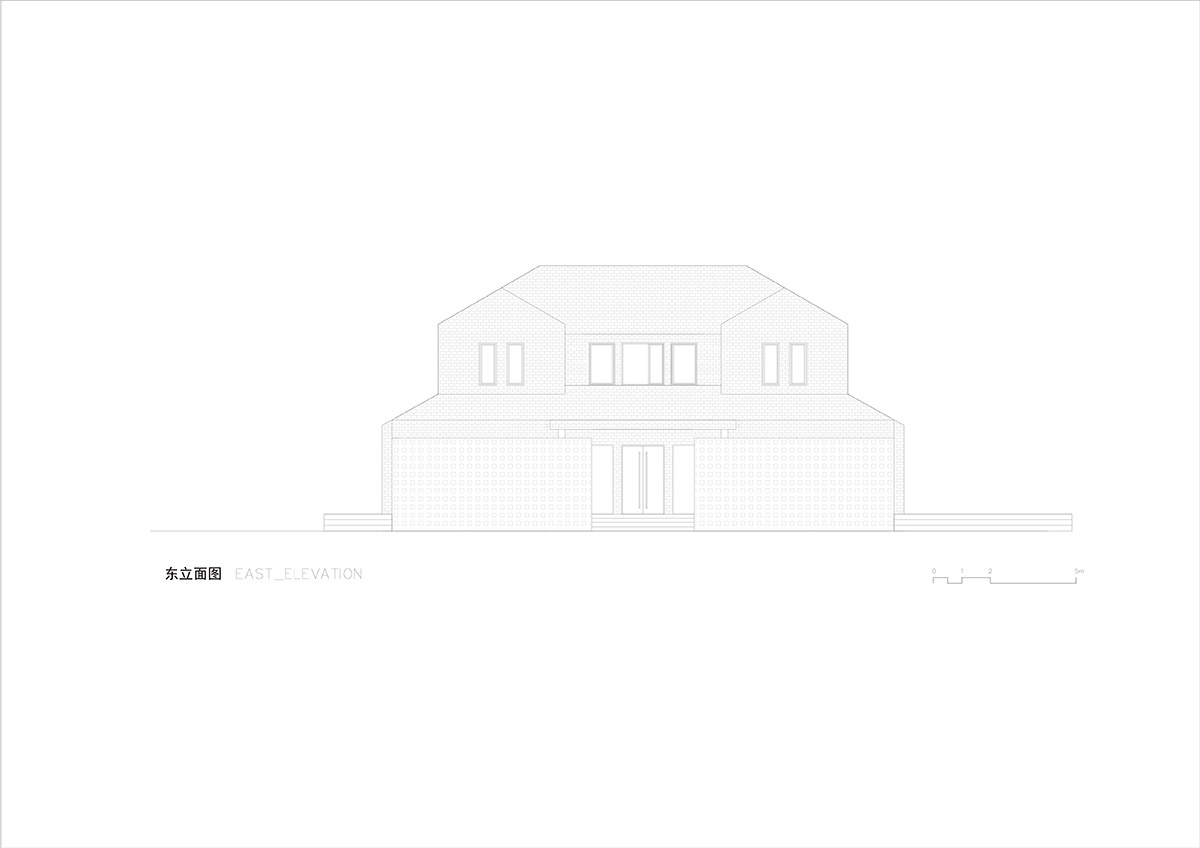
East elevation
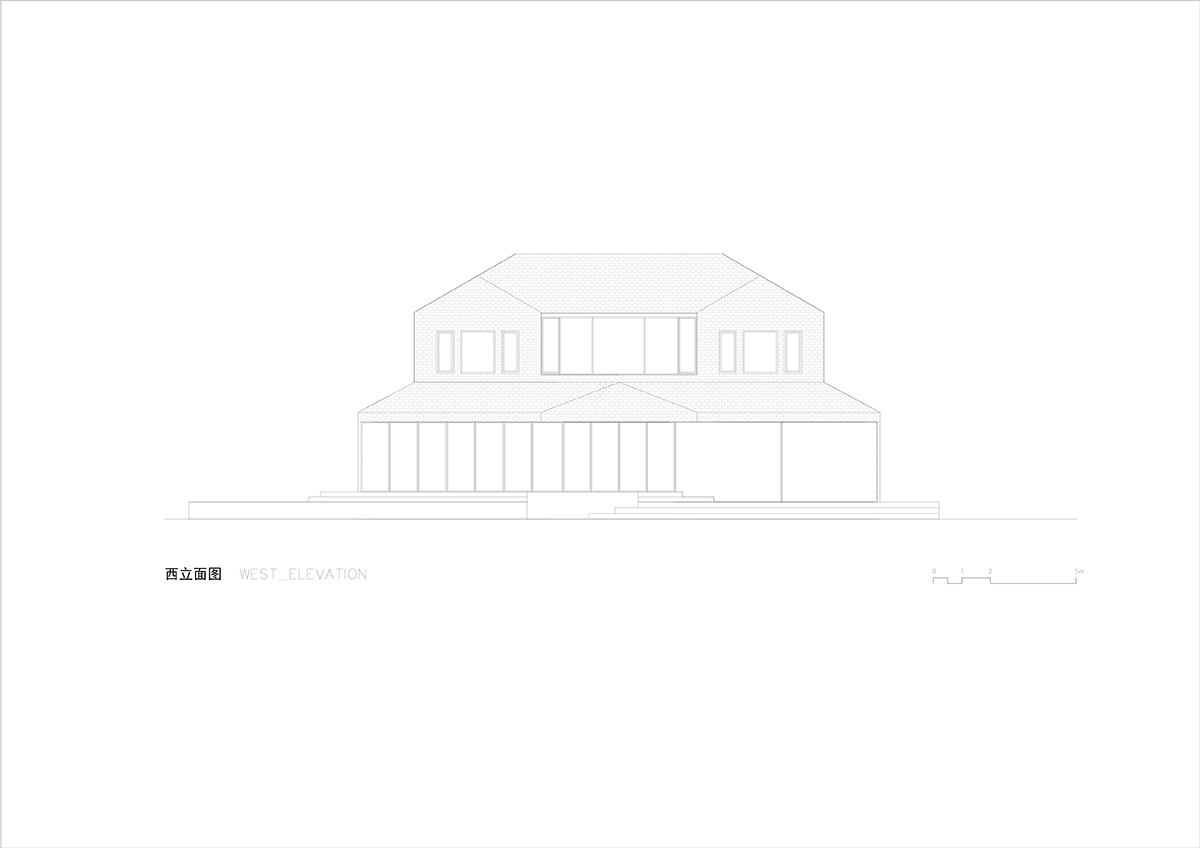
West elevation
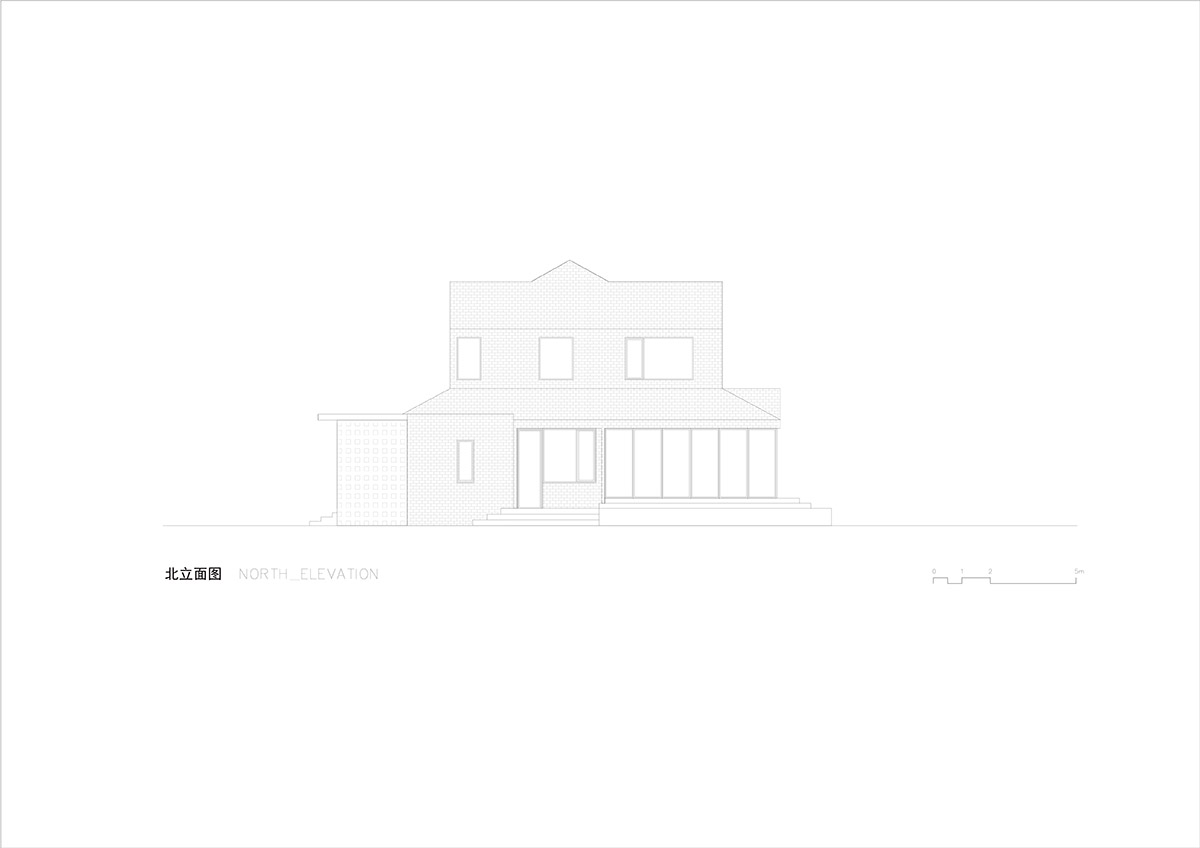
North elevation
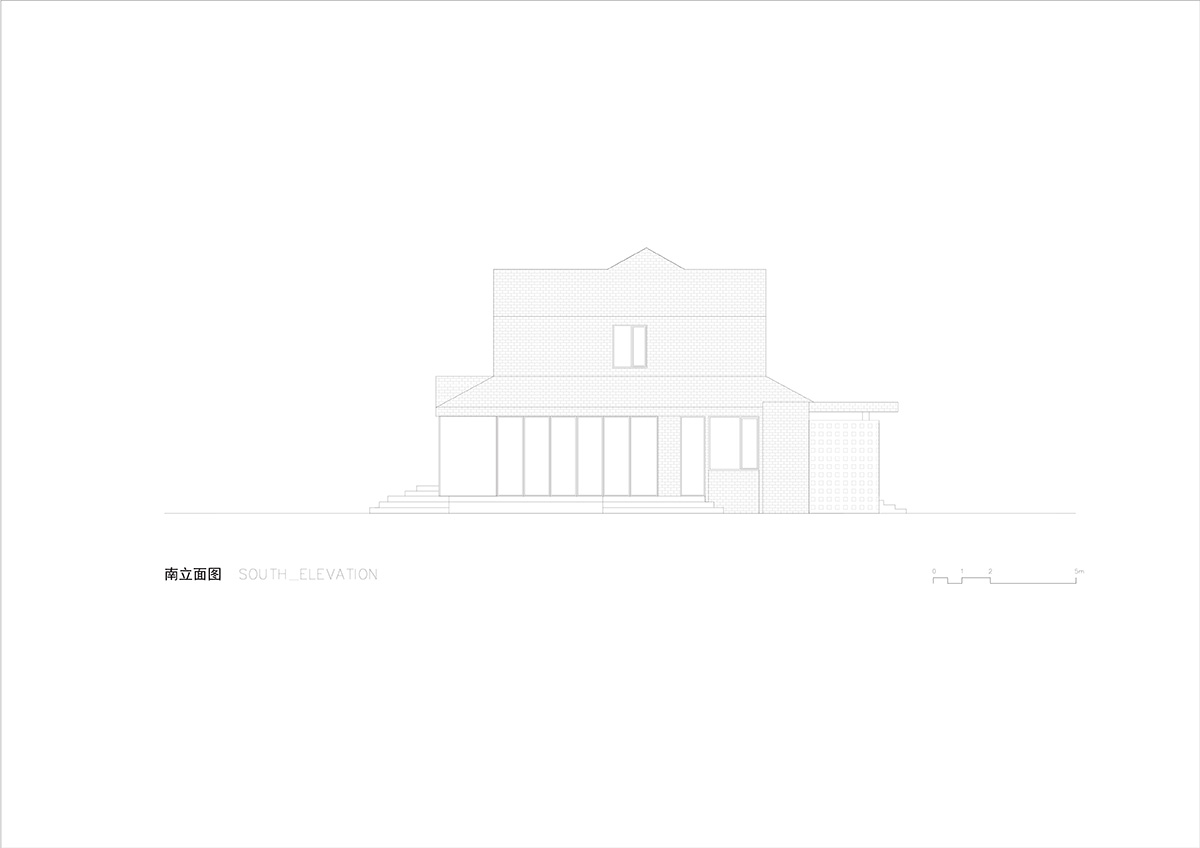
South elevation
KiKi ARCHi, which was founded by Japanese architects Yoshihiko Seki and Saika Akiyoshi in 2013, is an open and inclusive international team. It has set up offices in Tokyo, Beijing and Shanghai.
‘KiKi’, its pronunciation and interpretation in Japanese is a sense of appreciating things, which means mastery, attainments and unique opinions of things in various fields.
As the lyric and logic of KiKi ARCHi’s creation, it combines external perceptual experience with its own knowledge system, internalizes it into a harmonious but different humanistic idea, and then extends to the virtual and real dimensions of space, such as spirit, form, structure and texture.
Project facts
Project Name: Anna Garden
Project Location: Beijing, China
Element: Residence
Design Firm: KiKi ARCHi
Director: Yoshihiko Seki
Design Team: Saika Akiyoshi, Tianping Wang
Plant Design: WILD - SCAPE
Site Area: 1000㎡
Building Area: 300㎡
Design Period: 2020.11.01 – 2021.02.01.
Construction Period: 2021.02.01 – 2021.12.01
Material & Brands: micro cement-Gobbetto / Diatom mud-Shikoku / Kitchen-TJM kitchenhouse
Top image © Eiichi Kano.
All images © Eiichi Kano unless otherwise stated.
All drawings © KiKi ARCHi
> via KiKi ARCHi
